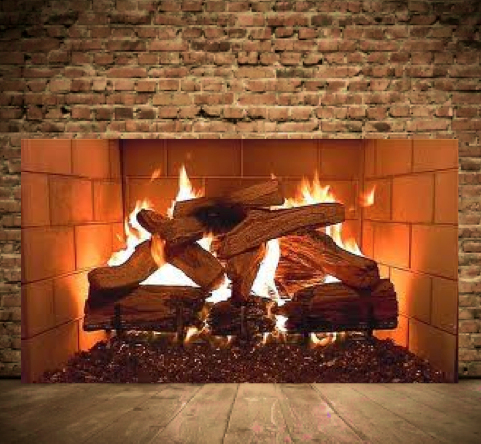Five apartment remnants from an earlier architectural era

Historic buildings may also have architectural holdovers that speak of their prewar history.
S. Jhoanna Robledo
There’s much to recommend prewar apartments: While frequently lacking certain contemporary conveniences, like central air, they may also include striking design features that you won’t find in newer developments, like high ceilings and elegant foyers, archways, and mill work.
If you’re living in an older building, though, you might also find some mystery devices and design features that are holdovers from an earlier era. Here are five apartment remnants that tenants living in properties with a bit of history might encounter, and what they were used for.
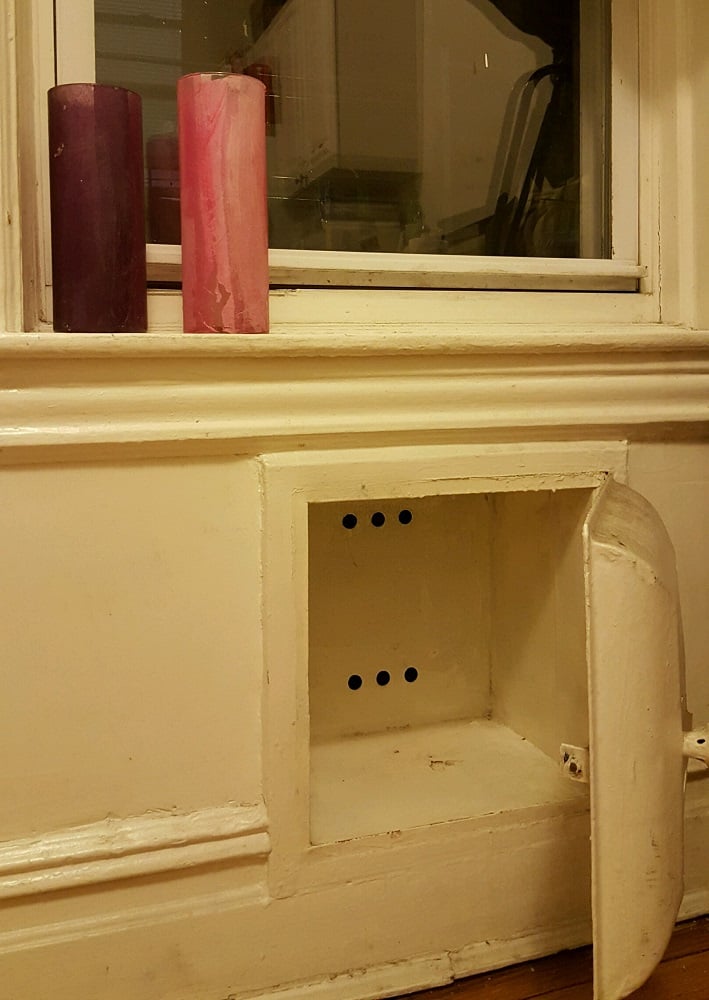
Icebox
The Department of Buildings offers a search function that allows New Yorkers to check on details about where they live, including previous complaints and violations. You can also find your building’s certificate of occupancy, which reveals when it was erected; I discovered that the low-rise where I live in Queens was constructed in 1921, which explains an architectural remnant in my kitchen.
Though by the early 1920s, refrigeration for domestic use had been around for several years, home units didn’t become widespread until the 1940s—hence the odd little box set into my kitchen wall. The contraption is now sealed off, but it was likely once used as a non-mechanical icebox. These were common household appliances until the 1930s, and employed blocks of ice and insulating materials to keep food cool. Most were standalone models, though, and mine is unusual for its being placed directly within the wall—perhaps a space-saving measure, since square footage has always been at a premium in NYC.
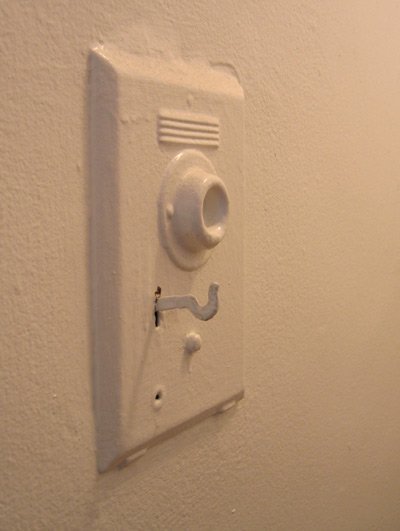
Intercom
Nowadays apartment building intercoms are fairly sophisticated, and many properties use video intercoms for additional security. But if your apartment has a mysterious panel like this one, which looks covered with decades’ worth of paint, it’s likely a relic from the earliest days of this device. (You can find some other examples in this Reddit thread.)
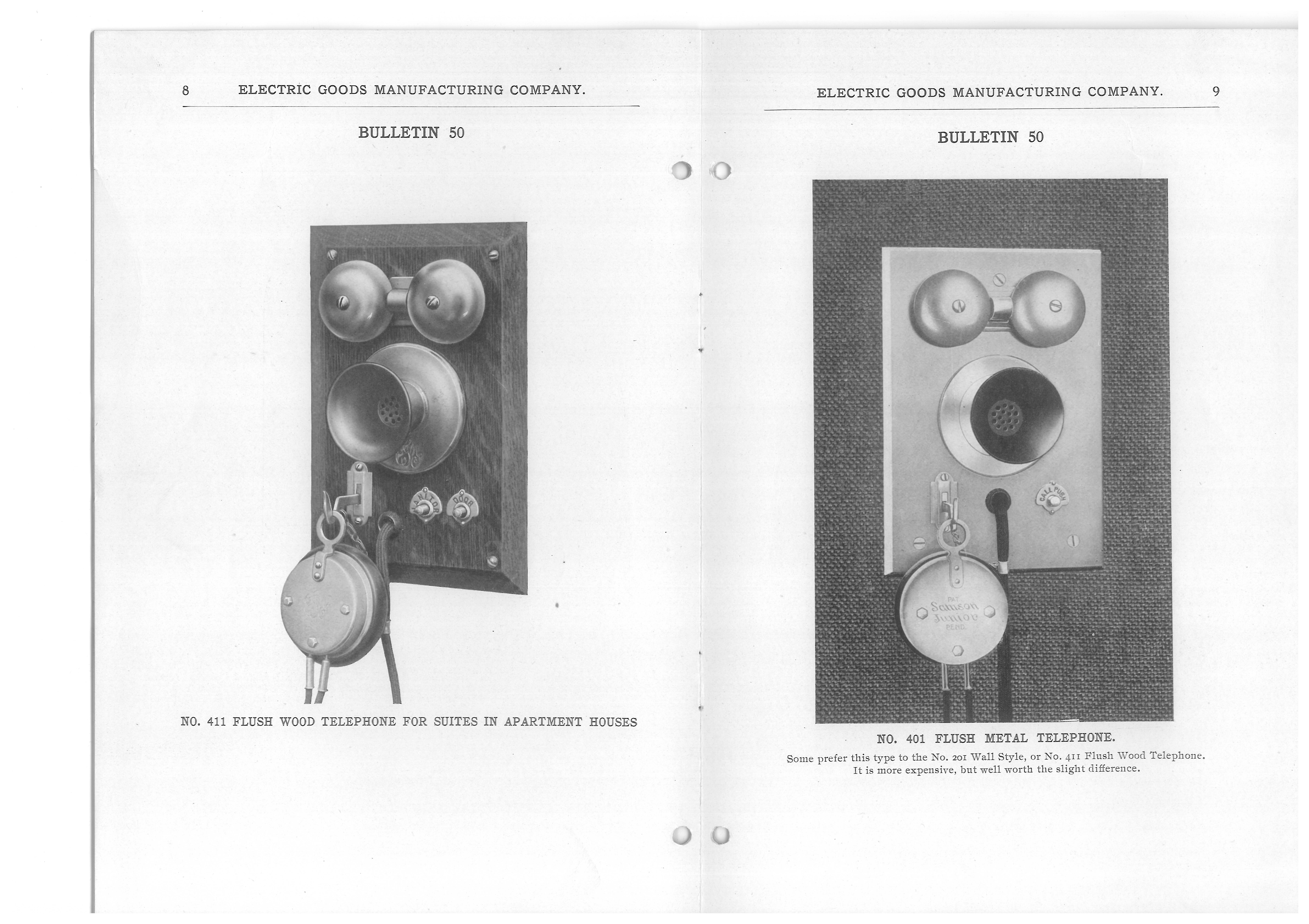
Matthew Murphy, head of cataloguing and Metadata at the New-York Historical Society, did some digging and found that this particular panel dates to about 1915. Called the “Utilaphone,” he explains, it was produced by the Electric Goods Manufacturing Company of Canton, Massachusetts, and connected to a call-up system that would have been in the building’s vestibule beside its mailboxes. The company’s catalogue reveals what the primitive intercom phones looked like.
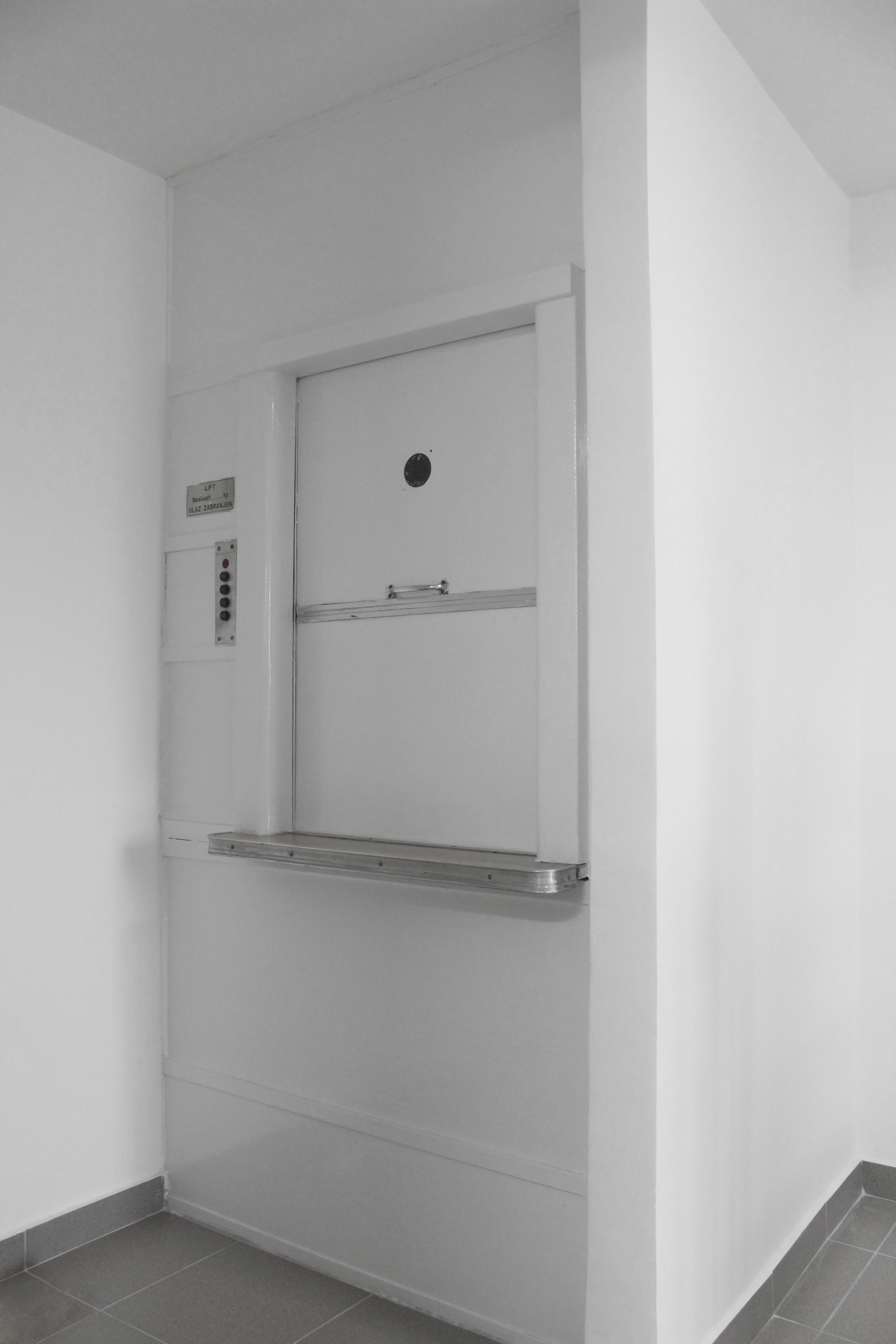
Dumbwaiter
Dumbwaiters, small elevators that were used to move food and other items from floor to floor in buildings, were invented in the late 1800s by a New Yorker named George W. Cannon. They were a common household feature for the following decades, especially for the wealthy owners of large homes who might also have employed servants to handle the transport of meals and laundry. You won’t find too many live-in servants nowadays, but some prewar apartments still have defunct dumbwaiters, often hidden behind painted-over doors. And if there’s one in your home, there may be the potential to have the entire shaft removed—thus freeing up a few coveted additional feet of space.
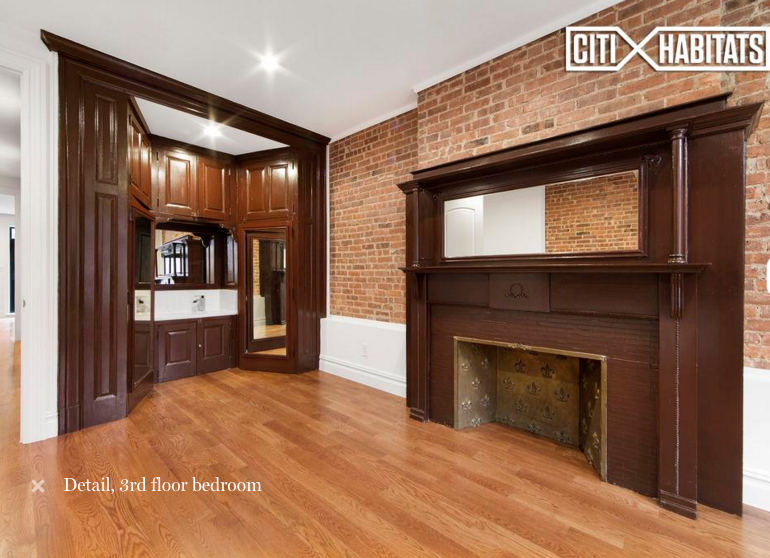
Shaving unit
The old tenement feature of a bathtub in the kitchen is a fairly familiar one to New Yorkers. This apartment quirk likely got its start when housing laws of the early 20th century mandated that all buildings had to have running water, and landlords cut corners by placing tubs in kitchens to avoid installing two sets of pipes.
But there’s a lesser known, and far more upscale, architectural feature that allows you to perform your ablutions outside the bathroom: a shaving unit built right into the bedroom. The vintage shaving closet pictured above is tucked into an alcove in one of the bedrooms of a historic Harlem townhouse, and is outfitted with a sink and mirrors, making for a handsome, cozy corner for a gentleman to trim his whiskers. As this New York Times article notes, many New Yorkers covet such quasi-useless remnants, finding these little links to the past alluring hints about the people who might have lived in their apartment over the decades.
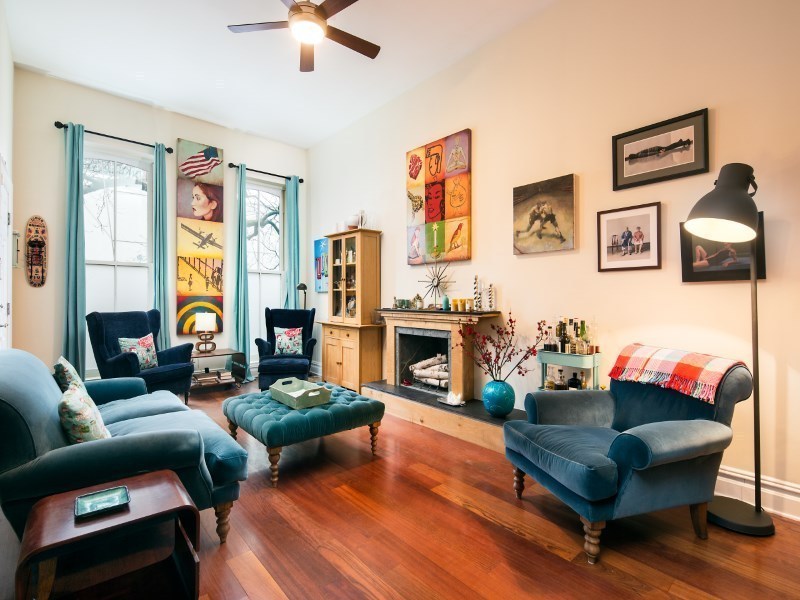
Non-working fireplaces
Real fireplaces are rarities in Manhattan, for the risks and complications they pose in high-density areas: They require flues and vents that lead outside, which are challenging to install in multi-story buildings. Plus, the smoke from wood-burning fireplaces can be dangerous to residents and a nuisance to neighbors, which is why the city banned construction of new ones late last year. (In the outer boroughs where there are more freestanding low-rise properties, installing and maintaining a fireplace is much simpler.)
This is why one of the most common apartment remnants are non-working fireplaces, long ago rendered obsolete by modern central heating systems. Despite the space they can take up, many New Yorkers opt to preserve fireplaces as room centerpieces. Treated right, a decorative mantle can anchor a space, as seen in the living room of this historic Park Slope townhouse, which was built in 1900. Interior designers suggest highlighting, rather than hiding, a non-functional fireplace; Design*Sponge provides several DIY design ideas for revealing the beauty of this particular holdover from an earlier era.
You Might Also Like


















